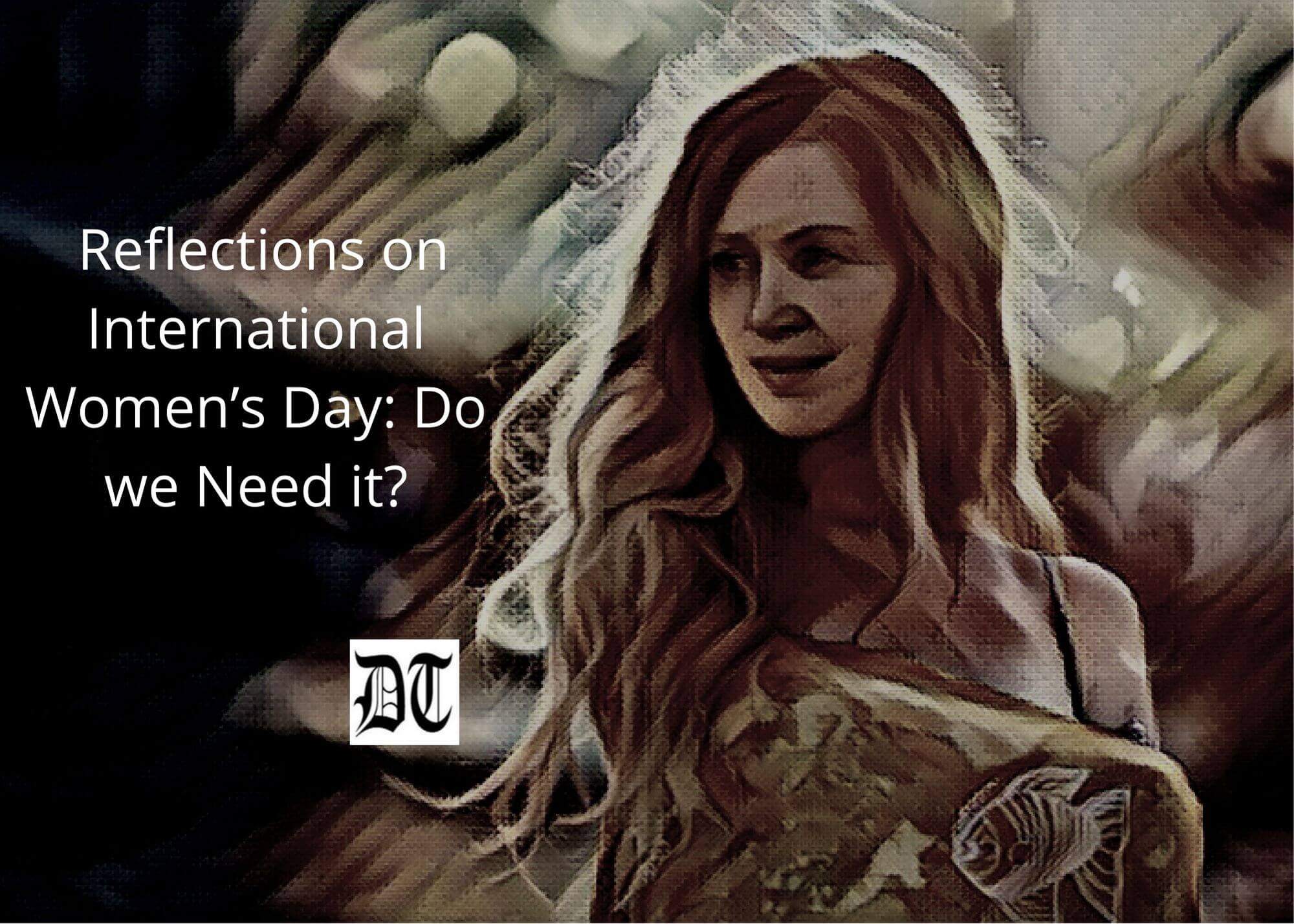Gautam explores Roop Kanwar’s tragic death, despite her wealthy background, which sparked debate on societal attitudes towards women, family roles, and the need for social reform, exclusively for Different Truths.
‘Sati Mata Roop Kanwar’ is back in the news recently after the Rajasthan Court acquitted the last of the accused involved in the gore murder by burning the 18-year-old educated and city-bred woman along with her husband, who was also a graduate. Despite strong beliefs that such acts of violence can be attributed to someone illiterate, uneducated, and/or marginalised and affected by poverty, it was the other way around for Roop Kanwar, who did not belong to a poor or marginalised family.
Rather, it has been revealed that her father-in-law was a teacher, her husband a science graduate, and her brothers were all into business in the transport sector. Hence, the question of being a person illiterate, marginal below poverty, and with a closed mindset and thus prey to the deep-rooted beliefs of false grandeur and show also cannot crop up.
Despite the tragic nature of Roop Kanwar’s death—or rather, her murder—her parents’ family did not have any complaints to make about anyone and instead claimed that her deed had honoured them. In these circumstances, what reverberates as a query is whether, based on the public beliefs, the family of Roop Kanwar sought glorification to greater heights by sacrificing her, which was otherwise not available to them.
Did her own family seek social recognition through her sacrifice, either to gain in business and/or other social positions? These are the theories that must be pondered. over.
Prosperous Village
These theories evolved because out of the about 10,000 people of the Deorala Village, at the relevant time, almost all had government jobs. It was an advanced, prosperous village even by Rajasthani or all-Indian standards. Even if initially the advancement of the Deorala Village was based on agricultural pursuits, presently, the prosperity is entrenched in its intimate connections with employment in the urban sector. It has been said that a large majority of those who are employed in government jobs are engaged in the army as well as in the police.
Ironically, the question that therefore arises is whether these persons who are in service and have seen exposure at all levels have not been sensitised to the present social norms. Or rather, even at the highest levels, are people so gullible and ignorant of the present-day status of women as an equal partner to their male counterparts that they are reluctant to step forward and protest?
In my opinion, on the fateful day, the entire village ought to have taken up arms against all those who were involved in perpetrating the crime. Rather, it seems everyone had their agenda, some of getting unwanted recognition, some of getting political mileage, and the majority of whom wanted a free sadistic pleasure as the poor victim writhed, twisted, and struggled at the pain and agony of being burnt.
Remember our instinct when a simple match fire touches our fingers, which I think everyone has experienced at one time or another? Or is it the fear that, on the demise of her husband, the daughter-in-law, Roop Kanwar, would have inherited her husband’s share of the intestate ancestral property even though she was an outsider to the family, as is the present trend in considering widows?
Further, had the contrary thought also evolved in her own family consisting of brothers, who perhaps were apprehending dilution of their shares in the parental property, in as much as the discussions of allowing women full coparcenary rights were going at a good pace, or was their mental setup considering her to be a burden if she desired to return to her parental household?
Women’s Rights Denied
In my professional exposure, I have come across matters where the wife of a deceased husband/brother was denied rights in the matrimonial family and efforts were made to throw her out of the home so that she could not have a share and the share for the remaining ones in the family shall be on an upsurge. I am aware of women who have been deprived of even the partitioned share in the parental property, which was developed during the lifetime of her husband, by raising issues of having unwanted relationships with a known person after the demise of her husband, whereas the fact remained that for long years, no one had time even for the children, who were disillusioned and suffering due to their loss. The property has been used as a kennel to deny them space in her own house.
Anyway, the ponderation is not on these issues alone; the quest is to find a solution to eradicate the eulogisation of murder in the name of a ritual and to educate people that seeing a live human writhing, screaming, scarring, burning, turning, and twisting in pain before finally losing her senses and succumbing to death is not the same as watching pornography. At any point in time, the death of a human in a gruesome manner in the name of religion, faith, belief, etc. cannot be supported.
However, the question that ought to have been raised was concerning the reaction of the people in the village and their efforts at saving the victim. If there was no action, then under the offences of abetment, connivance, and criminal conspiracy all of them, if necessary, the entire village ought to have been booked and punished. Even now, when there is a demand for glorification by way of the construction of a temple on the same site with impunity, my understanding of the law fails me.
Then also, my intention with this expression of my mind is not to create any flutter, to whatever effect that might have, but on the basic requirements. Firstly, I must state that if the girl child in distress is a burden both in her own house and her in-law’s house, the remedy is to abhor/give away/forget the thought that “the beti (daughter) is considered to be the amanat (property) of the paraya (another) house.” Secondly, create awareness in every household amongst women that with the amendment to the Hindu Succession Act, primarily in the Mitakshara School of thought, that now women are equal coparceners with the males in ancestral property and no amount of force will be able to deprive the women from their rights.
Educate Women
But even then, foremost, it ought to be the priority in every household that the girl child gets the proper education and is taught to stand on her own two feet before even thinking about marriage. So that she ultimately does not have to be dependent on anyone. Further, the marriage itself, if considered to be a necessity, ought to emanate from the girl itself rather than burdening her with the decision of the parents and family to confirm to her thought that at one point in time, she has to be wedded out as she is “Paraya Ghar ki Amanat.”
In the event of the distress of a girl or a woman, when at all the matter reaches the courts, special women-centric benches ought to be established so that the victim can speak her mind fearlessly. The cross-examination part of the victim may be directed to be put down on paper so that the lady presiding officer can herself put the questions to the victim in a manner that is conducive for her to answer.
Believe me, when a tormentor gets away scot-free by abuse or using technicalities of the process of law, it serves as an aphrodisiac to goad him to commit further crime. Restricting myself to these lines alone without further delving into the issue, which could go on for many pages altogether, I conclude by writing two verses of Urdu, which I believe shall be appreciated in this context:
“Pinha tha dam-e-sakht qareeb aashiyaan ke
Udhne hi na paaye the;
Ki Giraftaar hum hue” ~ Mirza Ghalib.
“Madad Chhahti Hai ye Hawwaa ki beti;
Yashodha Ki Hamjins radhaa ki beti…
Payambar ki ummat zulaikha ki beti
Sanaakhwaan-e-taqdees-e-mashriq kahaan hain?
Zaraa mulk ki rahbaron ko bulao
Ye kooche, ye gaaliyaan, ye manzar dikhao,
Sanaakhwaan-e-taqdees-e-mashriq ko lao
Sanaakhwaan-e-taqdees-e-mashriq kahaan hain? ~ Mirza Ghalib
As I try to process the entire macabre incident, I wonder what might have been going through the victim’s helpless mind when she realised what was about to happen, and this verse that comes to mind could have accurately captured her feelings at that time.
Bane hain ahal-e-hawas muddai bhi munsiff bhi.
Kise vakeel karein... kisse Munsifi chaahen” ~ Mirza Ghalib
Picture design by Anumita Roy






 By
By
 By
By
 By
By
We are eagerly waiting for your next article to roll out.